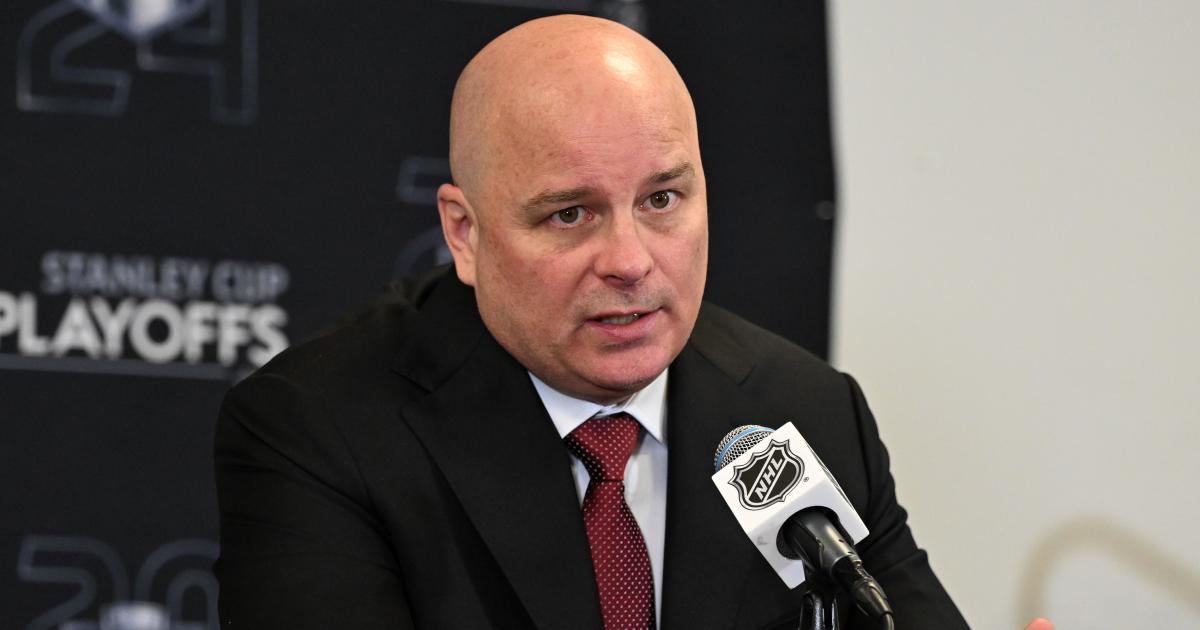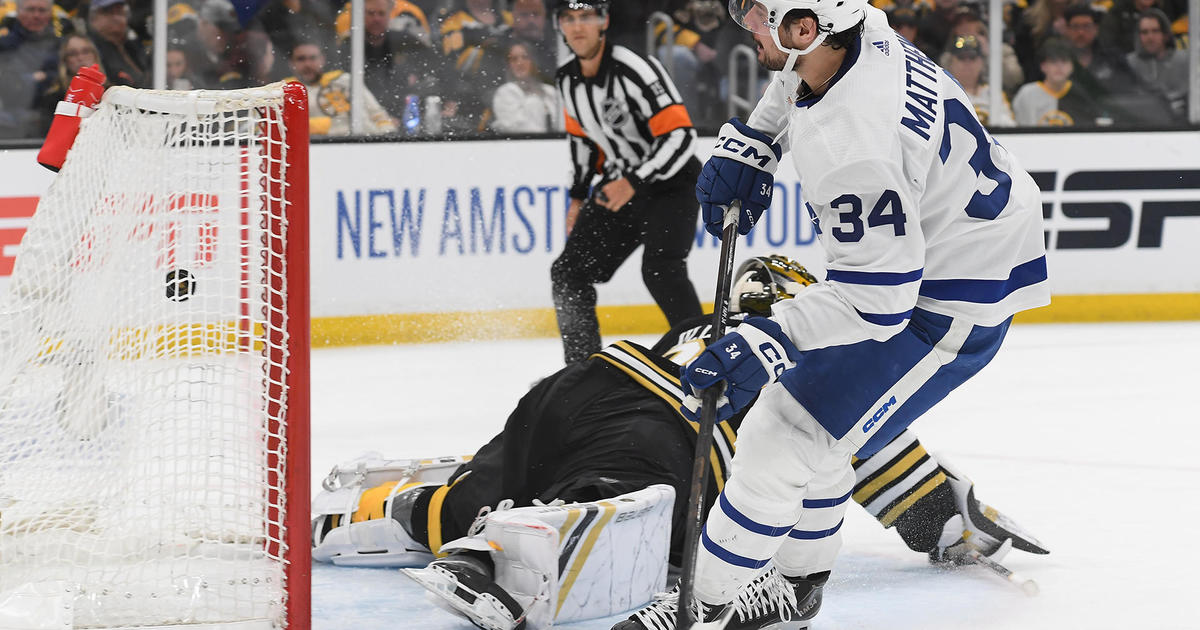Bruins Win Over Panthers Exposes Flaws In Goalie Interference, Coach's Challenge Rules
By Matt Dolloff, CBS Boston
BOSTON (CBS) -- Should hockey be treated like a game of inches? Perhaps it should, considering the inherent scarcity of goals. But when certain rules are approached with such a fine line that a fraction of an inch determines whether or not a goal should count, the NHL tends to lose sight of why those rules were established in the first place.
Take goaltender interference for instance, which, according to the official NHL rulebook, occurs when:
(1) an attacking player, either by his positioning or by contact, impairs the goalkeeper's ability to move freely within his crease or defend his goal; or (2) an attacking player initiates intentional or deliberate contact with a goalkeeper, inside or outside of his goal crease.
In either of these cases, if a goal is scored when the interference takes place, the goal is disallowed. So how exactly did Jaromir Jagr not commit goaltender interference on the Florida Panthers' first-period goal?
(Watch the goal here if the above video doesn't work.)
You can give Jagr the benefit of the doubt with the second part of the rule. You can reasonably assess that Jagr was chopping at the puck when it was in the crease and not deliberately initiating contact with Rask. But how could the officials look at that play and say he did not 'impair the goalie's ability to move freely within his crease or defend his goal?'
Essentially, the referee ruled that even though Jagr's stick was wedged in-between Rask's legs and clearly bounced off his leg pads, he did not impair the goalie's ability to move freely within the crease. The first half of the rule is partially designed to force players to make a "reasonable effort to avoid" incidental contact initiated outside the crease - so even if you argue that Jagr's stick contact (which was initiated outside the crease) was purely incidental, you can't possibly say he did anything to avoid touching Rask for more than an instant. Just kind of hung out there until the puck went in.
Something about this does not work. Either the referees are interpreting the wording of the rule too meticulously, or the rules themselves are too convoluted and ambiguous in the first place, or a combination of the two. There's also a third possibility: the refs simply do not want to admit they got a call wrong. Can't have a blown call on your record with the Stanley Cup Playoffs coming up.
SEE ALSO: When Tuukka Rask Faces Heavy Workload, Bruins Are Nearly Undefeated
If you ask me, any kind of contact with a goalie in the crease that is initiated by an opposing player should be considered interference, the lone exception being whether a player knocks an opponent into the goalie. You may end up with reviews that are even more insufferable because they're checking if the back corner of a guy's skate blade grazed the leather strap hanging off a goalie's pad. Either way, the officials who made the calls should not be in charge of making judgments on reviews.
It's simple: inconclusive evidence? Call on the ice stands, and everyone lives with it. At least, the rule would be more clearly defined in this instance.
The NHL rulebook contains, at least, two pages worth of explanations for goaltender interference. It shouldn't be that complicated. If it were not, maybe the Bruins don't need overtime to beat the Panthers. And maybe the unnecessarily tedious reviews die down. Better hope no goalies get touched once the playoffs start.
Matt Dolloff is a writer for CBSBostonSports.com. His opinions do not necessarily reflect that of CBS or 98.5 The Sports Hub. Have a news tip or comment for Matt? Follow him on Twitter @mattdolloff and email him at mdolloff@985thesportshub.com.



